In the September 1845 edition of Fraser’s Magazine for Town and County, a haunting story emerged from Ardmore, County Waterford, detailing the grim fate of two brothers, John and James Fuge. Their tale is a stark reminder of the darker aspects of human nature and the consequences of unchecked vengeance.
The Crime
The article recounts how the Fuge brothers, described as tall and imposing figures, committed a heinous act fueled by familial grievances. Their victim had allegedly taken possession of land from which some of their family had been evicted due to non-payment of rent. In a premeditated act of violence, the brothers armed themselves and approached their victim’s home under the cover of darkness, their faces blackened to conceal their identities.
With chilling confidence, they entered the house and murdered the man in cold blood, believing they would escape detection. However, fate had other plans.
The Witness
Unbeknownst to the brothers, a young girl had witnessed their approach from a window. Alarmed by their masked faces, she hid in a large chest just before they entered. This fortunate escape allowed her to observe the brutal act without being seen. Notably, she noticed that one of the brothers had lost a front tooth—a detail later proving crucial.
Justice Served
The girl’s testimony became the linchpin in the investigation that followed. Her evidence led to the apprehension and subsequent conviction of John and James Fuge for their crime. The article poignantly reflects on how justice was served through the bravery of an innocent child who bore witness to their atrocities.
Final Resting Place
The Fuge brothers ended on April 15, 1805, at ages twenty-five and twenty-seven. Their headstone in Ardmore’s graveyard serves as a somber reminder of their violent legacy. It reads simply: “Here lie two brothers… but they were murderers, convicted and executed.”
Conclusion
The story of John and James Fuge resonates through time, illustrating themes of vengeance, justice, and the consequences of one’s actions. As you walk through Ardmore today, take a moment to reflect on this chilling tale from 1845. This narrative intertwines with the village’s history and serves as a reminder of the complexities of human nature. The echoes of their deeds linger in the air, urging us to remember that darkness can sometimes overshadow light, even in small communities.
Citations:
[1] https://www.ardmorewaterford.com/a-tale-of-two-brothers/
[2] https://www.waterfordmuseum.ie/exhibit/web/Display/article/373/Ardmore_Memory_and_Story__Troubled_Times.html
[3] http://kinsalebeg.com/chapters/rochs/rochs.html
[4] http://blog.waterfordmuseum.ie/2020/03/stories-from-old-newspapers.html
[5] http://snap.waterfordcoco.ie/collections/enewspapers/waterford_mail/1845/waterford_mail_01_jan_18.pdf
[6] https://filedn.eu/l40P8k9DAsNmBi2WfVocwS0/Historical%20Newspapers,%20Books%20&%20Journals/Newspapers/Waterford%20Mail/1845/waterford_mail_04_apr_12.pdf
[7] https://forebears.io/ireland/munster/waterford/ardmore
The Astonishing Story Of Two Murderous Brothers
The Irish have always been known to possess some of the best storytellers in the world.
And, it is also often said that the best stories are nearly always true.
So, if you like stories, then you’ll be intrigued by the murderous tale of how two brothers came to lay side by side in the old graveyard in Ardmore.
It was written in September 1845 and appeared in Frazers Magazine For Town And County.
“Before we leave this crowded cemetery, look at those two remarkably long graves close together, not far from the entrance to St. Declan’s tomb. There lie two brothers, once exceedingly tall, fine young men — but they were murderers, convicted and executed, though the bead- stone merely tells us that John and James Fuge departed this life April 15th, 1805, aged twenty-five and twenty- seven years.
Their victim had offended them by taking ground from which some of their family had been ejected for non-payment of rent. His self-constituted judges and executioners went to his house, armed, and with their faces blackened, at an hour when they expected to find him alone and murdered him in cold blood, and retired in full confidence of impunity; they were apparently unseen by all, save the Almighty. They had forgotten Him, but he had prepared a witness against them. A little girl, who had seen their approach through a window, and was alarmed at their blackened faces, had just time to spring into a large chest and pull down the lid before they entered. The chest was not shut close, and she was enabled undiscovered to see the deed of blood, to observe the remarkable stature of the perpetrators, and to note in particular that one of them had lost a front tooth. Her subsequent evidence occasioned their apprehension and conviction.”
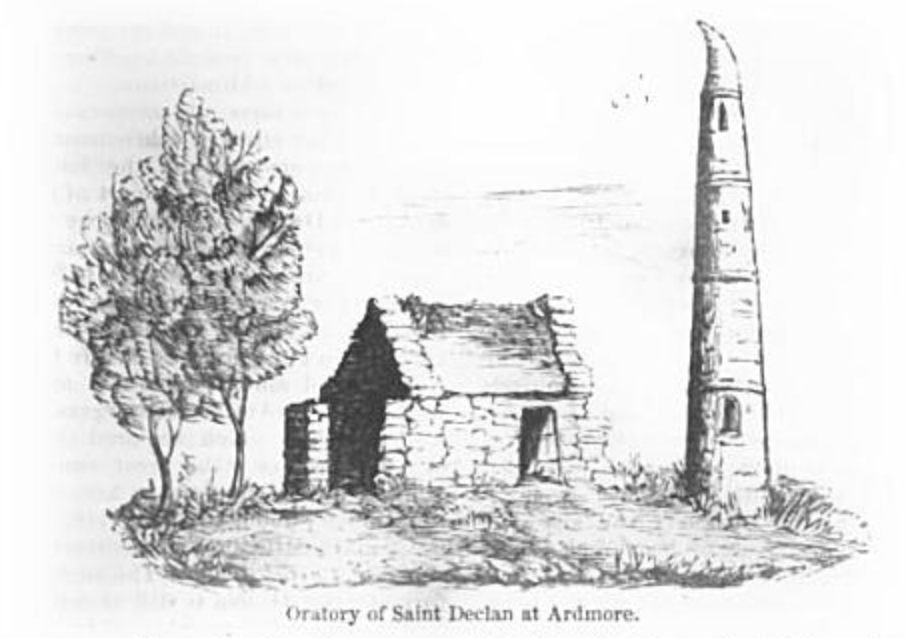

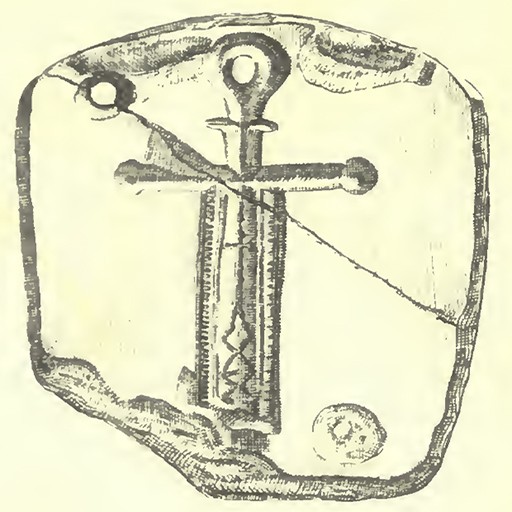
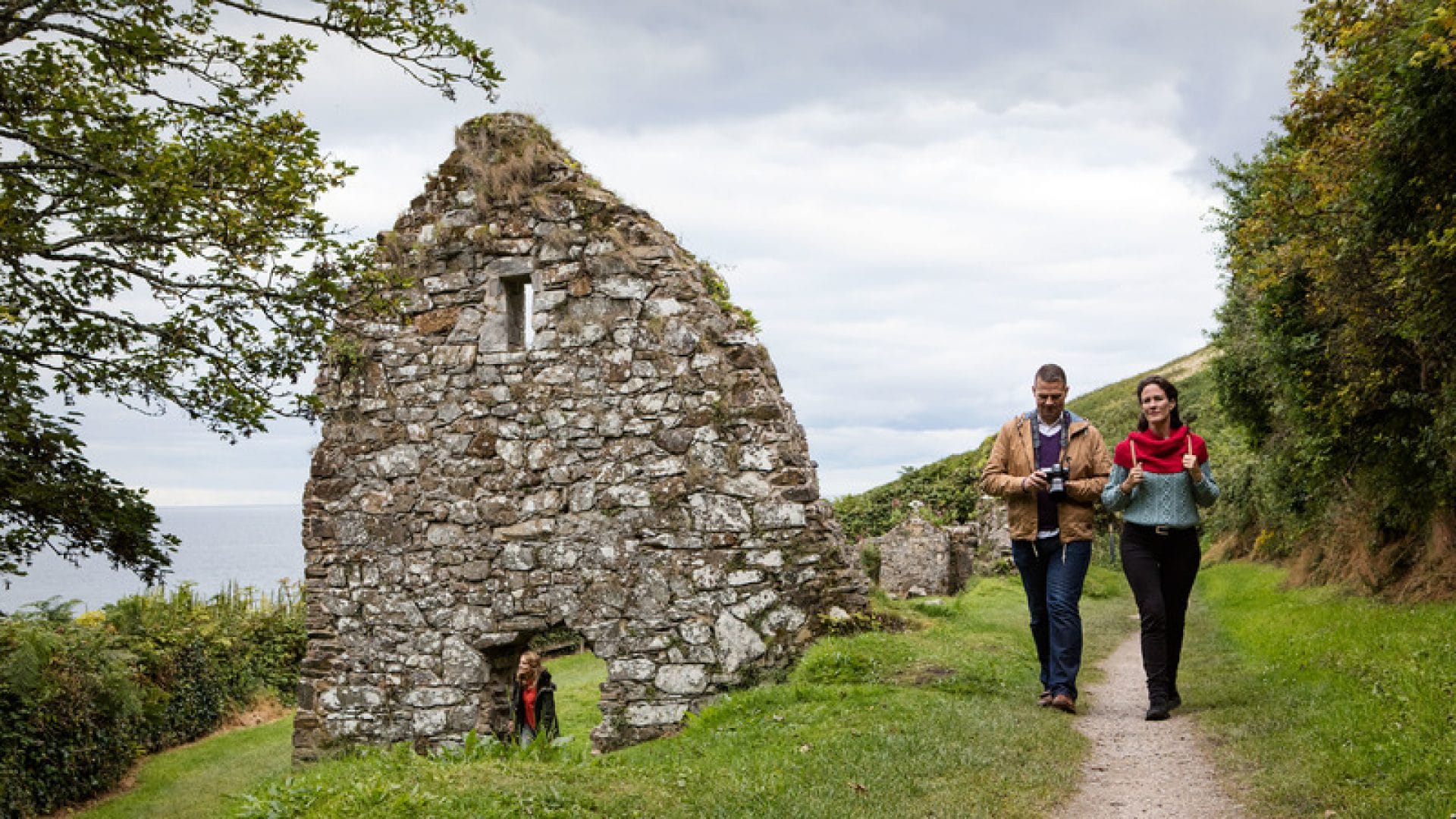


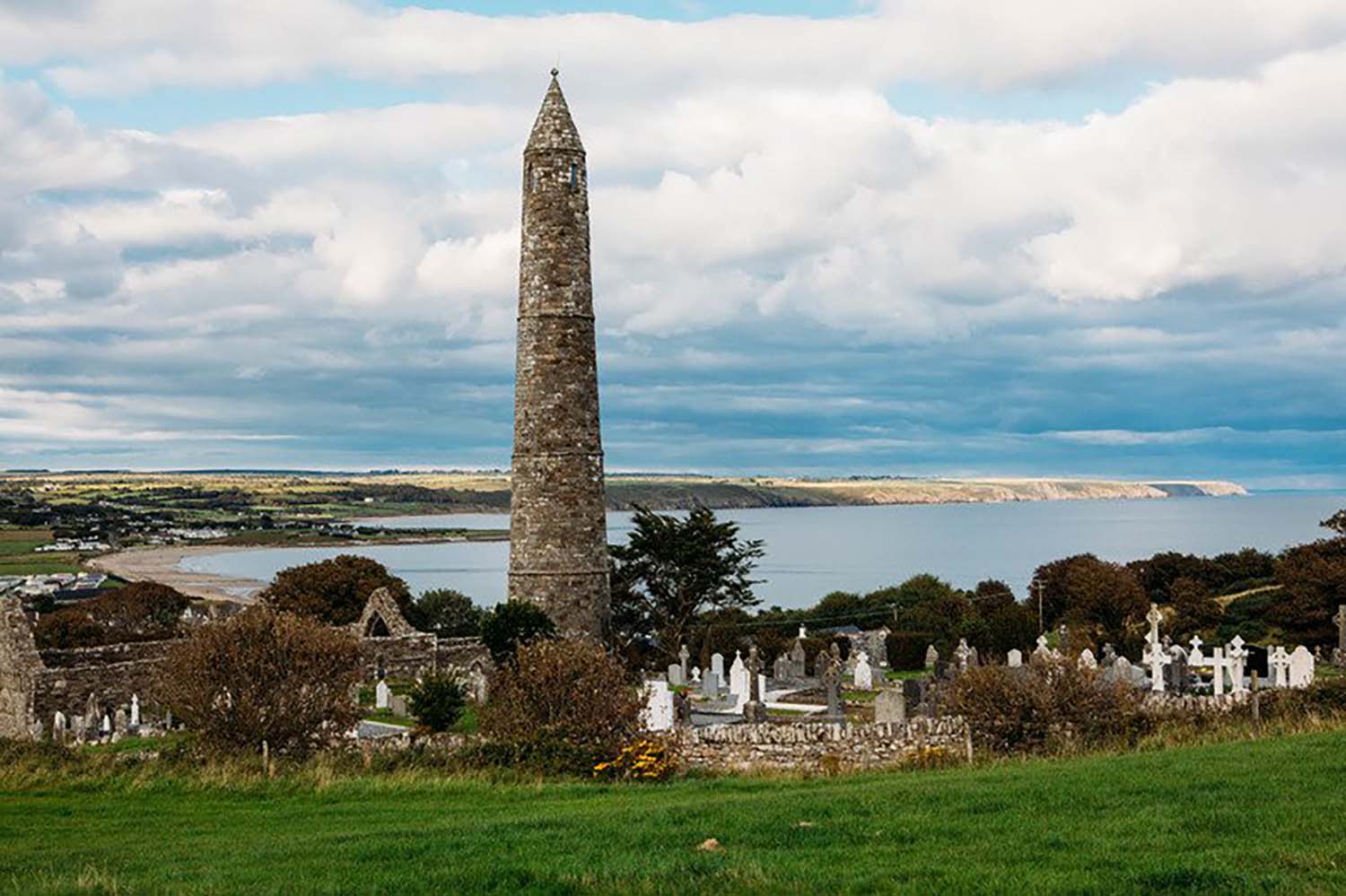


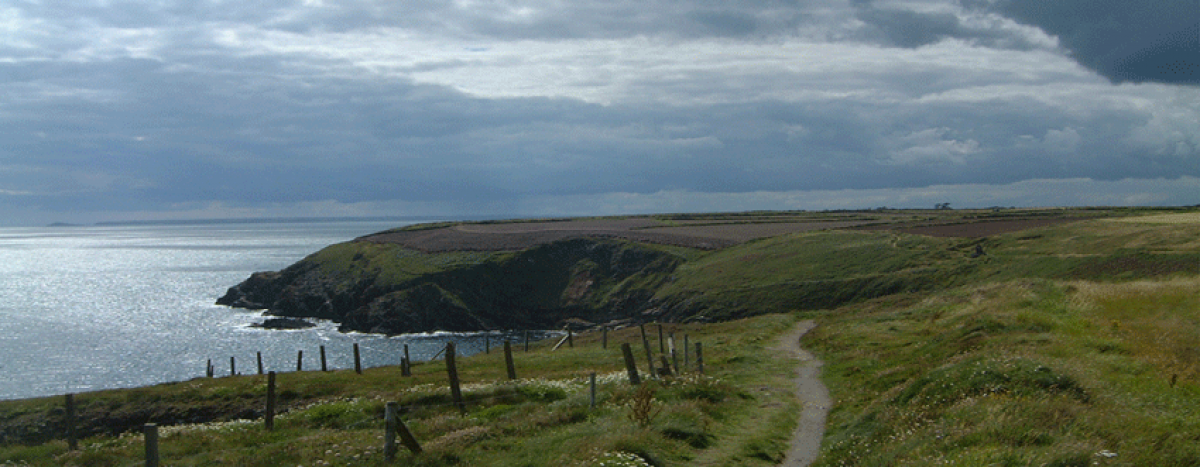
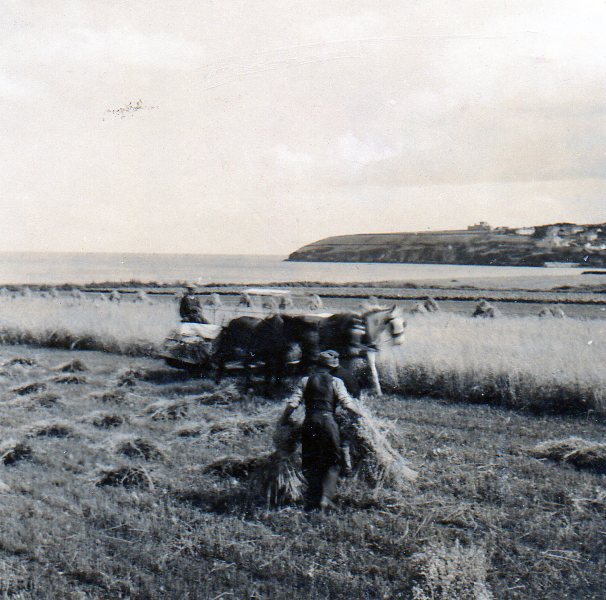
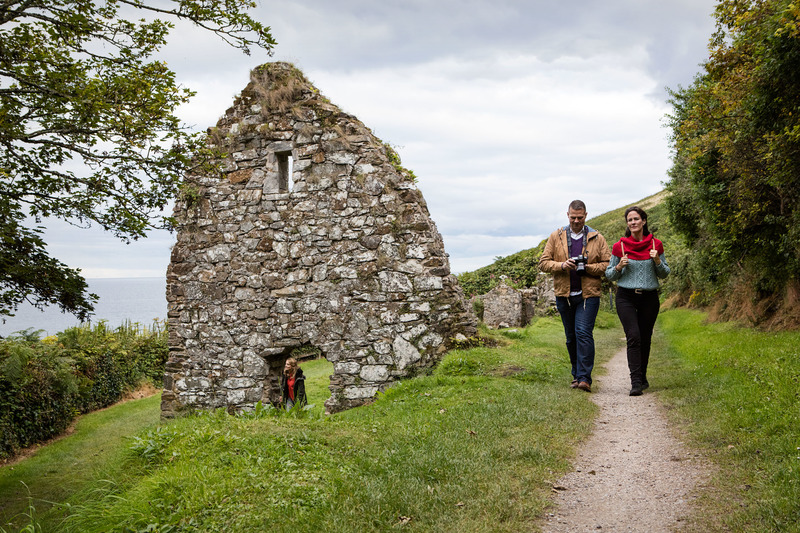
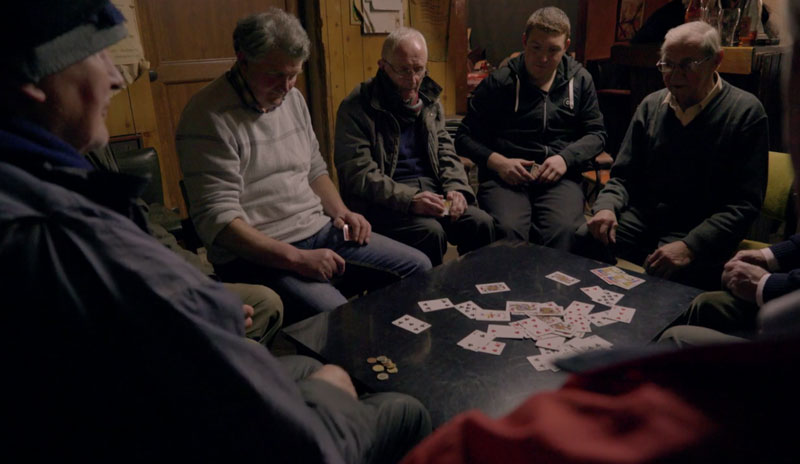
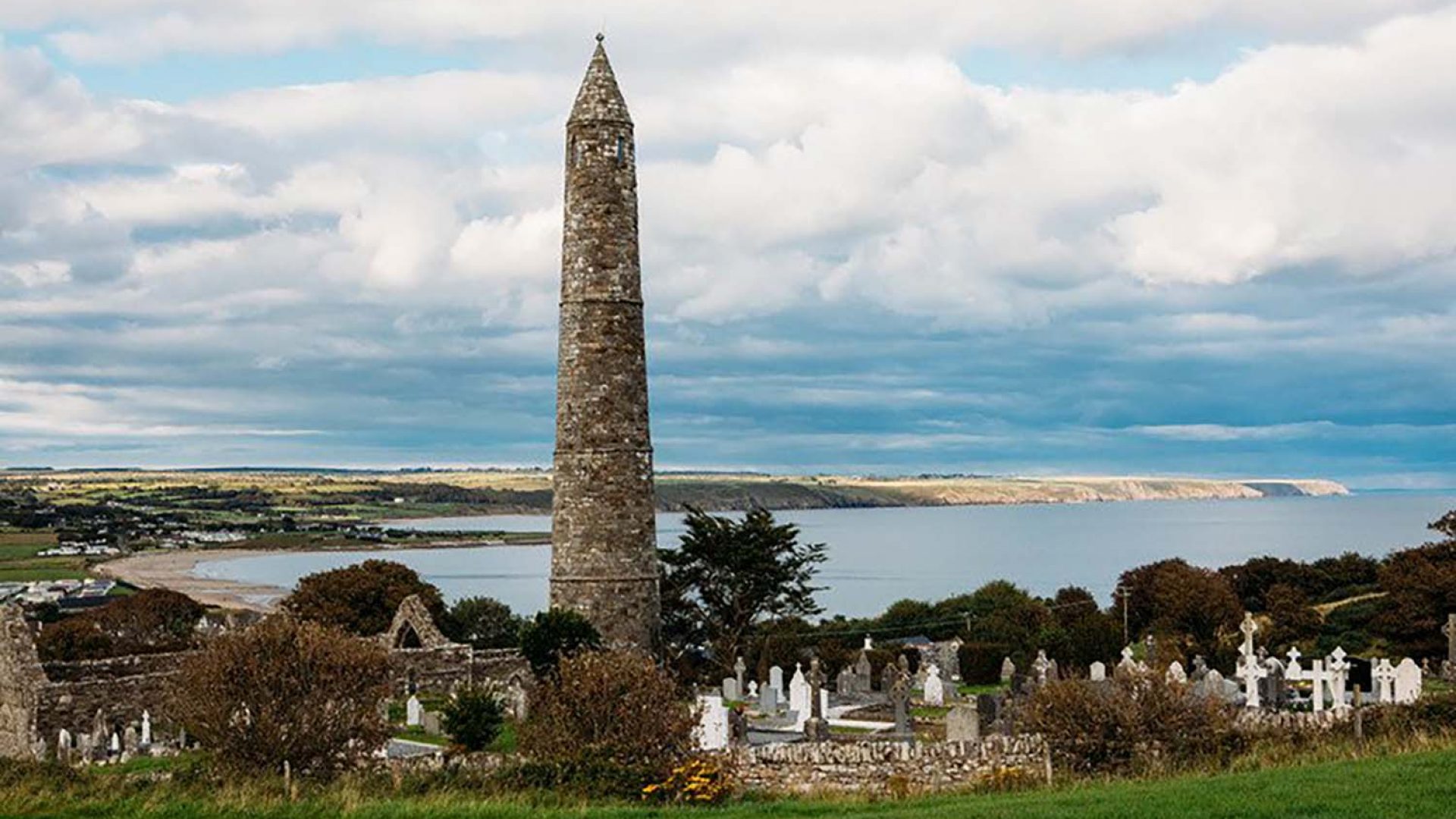
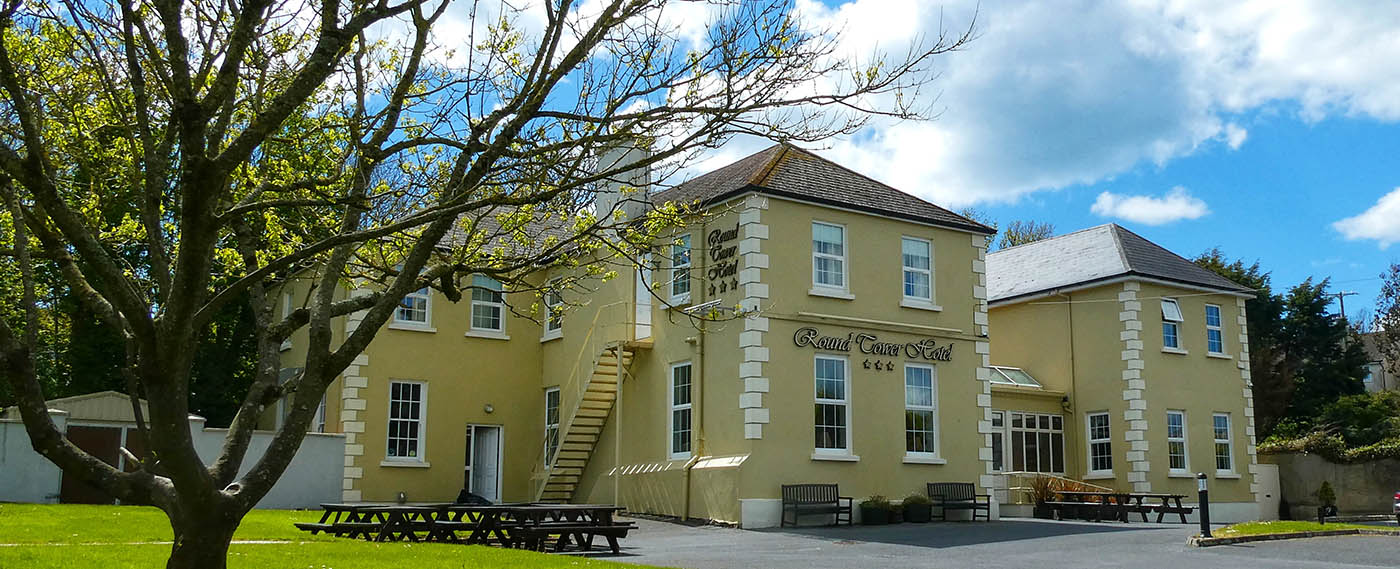


I don’t know about this one but I am trying to figure if my great-grandmother Johanna Cronican (married a Mulcahy) of Grainge/Ardmore was the wife of a “small farmer Cronican” published in an 1855 annal who was murdered by a Conway because of a dispute about cattle wandering onto the farm.